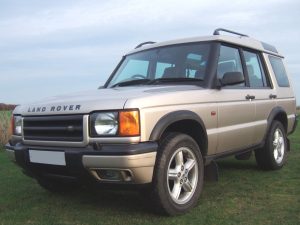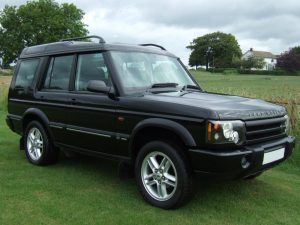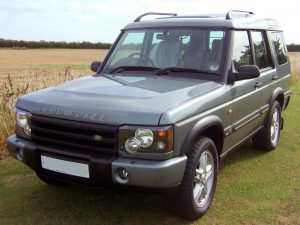August 18
2017 by Richard
Buyer’s Guide – 2012 Range Rover L322 vs. 2014 Discovery 4
We received an enquiry recently about choosing between a Range Rover L322 TDV8 and a Discovery 4 TDV6. Here’s a bit of brief advice for potential buyers of one of these fine vehicles:
Hi, a friend of mine gets his Discovery serviced with you and recommended you. I’m considering an L322 Range Rover westminster or HSE and wondering just how reliable I could expect one to be with full service history, 50k miles or so on a 2012 plate, or would a Discovery 4 HSE on a 2013/14 plate be a better buy? Any advice appreciated.
The choice of owning either a 2012 Range Rover L322 TDV8 or a 2013/14 Discovery 4 TDV6 is a happy dilemma to consider, as both are highly capable, comfortable, powerful and well-built vehicles. Service history is key when choosing which car to buy, especially with these two, as repair bills are potentially very expensive if problems are ignored.
There are a few commonly occurring issues with both models, and expect to budget around £1000 – £2000 per annum in repair bills for either model if you are unlucky:
- Look out for air suspension faults (EAS), with air compressors, relief valves, ride height sensors all subject to wear and tear.
- Suspension bushes wear, necessitating suspension arm replacement when they are badly worn. One symptom of this is unevenly wearing tyres (inner edges scrubbing out prematurely).
- The electronic hand brakes commonly failed on the earlier Discovery 3 vehicles, but we haven’t replaced many on the Discovery 4.
- Timing belts must be replaced on the 3.0 TDV6 Discovery 4 engines at 112,000 miles or 7 years, whichever is the sooner.
- Beware of turbocharger failure, especially on the TDV8 engined vehicles. They are expensive to replace as body removal is necessary to access them.
Modern High-end Land Rovers and Range Rovers operate CANbus wiring systems, and a weak battery can cause a range of electrical faults to show. Ensure that your battery is in tip-top condition, and when replacing it, fit the best quality battery you can find. There are a large number of ECUs on-board both models, and electrical issues, although rare, can be expensive to rectify.
Whichever you choose, we are experts in servicing and repairing them, and have the most up to date diagnostic equipment in our workshops. We have a great many customers with such cars, and are very familiar with these great cars.





